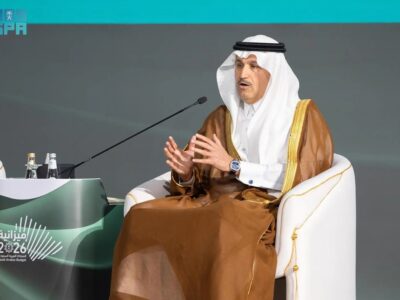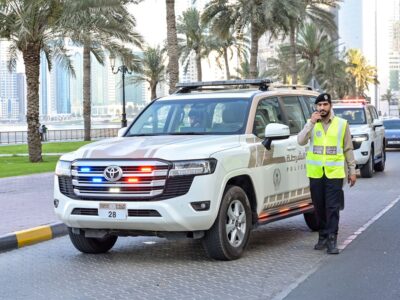3D printing technology is being used to manufacture components for Emirates aircraft cabins, the airline announced on Thursday.
A new 3D printing technique, selective laser sintering, has been used to produce video monitoring shrouds. Additionally, 3D printed air vent grills have been certified and installed for onboard trials on Emirates aircraft.
Emirates is working with 3D Systems, a US-based 3D printing equipment and material manufacturer and services provide and UUDS, a France-based engineering and certification services provider, to create the video monitor shrouds using selective laser sintering (SLS), which uses lasers to bind together powdered plastic, which, in the case of Emirates, is a new thermoplastic developed by 3D systems.
Among the advantages of SLS, according to Emirates, is the reduced weight of printed components as well as their strength. Video monitor shrouds that are 3D printed using the SLS technique can weigh between 9 and 13 percent lighter than components manufactured traditionally or through the 3D printing techniques that are traditionally used in the aviation sector. This has the potential to reduce to lead to significant reductions in fuel emissions and costs for Emirates.
Additionally with the SLS technique it is possible to print more than one component at a time when compared with other 3D printing methods. This leads to quicker per-part production times and lesser wastage of raw materials used for production.
Emirates has also worked with UUDS to develop 3D printed aircraft cabin air vent grills that have received EASA certification and have already been installed on aircraft for onboard trials in late October 2017.
“Over the last two years Emirates Engineering has been actively exploring 3D printing for aircraft cabin parts as it is a transformational technology that can be used to achieve an increase in efficiency and productivity,” said Ahmed Safa, Emirates senior vice president – engineering support services.
“We worked with a number of suppliers to develop prototypes of 3D printed cabin parts but ultimately decided on working with 3D Systems and UUDS. The technology we use has the potential to deliver cabin parts with reduced weight without compromising on structural integrity or cosmetic appeal.”
According to Emirates, the airline will also help make inventory management efficient for thousands of aircraft cabin interior components, as it will no longer have to hold a large inventory of spare components or wait long periods for replacements.
Emirates plans to evaluate the performance and durability of 3D printed air vent grills and video monitor shrouds before further rollouts.





